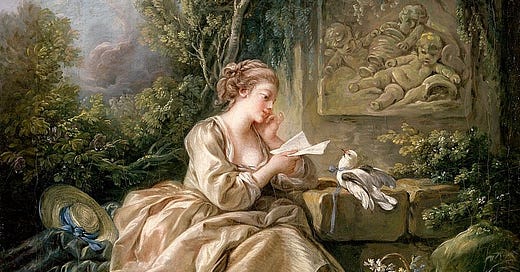“The world is for thousands a freak show; the images flicker past and vanish; the impressions remain flat and unconnected in the soul. Thus they are easily led by the opinions of others, are content to let their impressions be shuffled and rearranged and evaluated differently.” — Johann Wolfgang von Goethe, 1776
There are an infinite number of ways to gather information at present, and we all have our preferences.
My kids are glued to their phones, but get their news and information primarily through Instagram and YouTube.
As you may have guessed, I tend to prefer text (although I’ve been experimenting with video lately). But if you pay attention, you’ll notice that every image in this newsletter is chosen carefully as well.
Al of these modes of communication convey information. And leaders understand the power of words, media, and even symbols.
Everything communicates.
Take the way President Volodymyr Zelensky demonstrates his leadership:
Watch with a 7-day free trial
Subscribe to Timeless & Timely to watch this video and get 7 days of free access to the full post archives.





